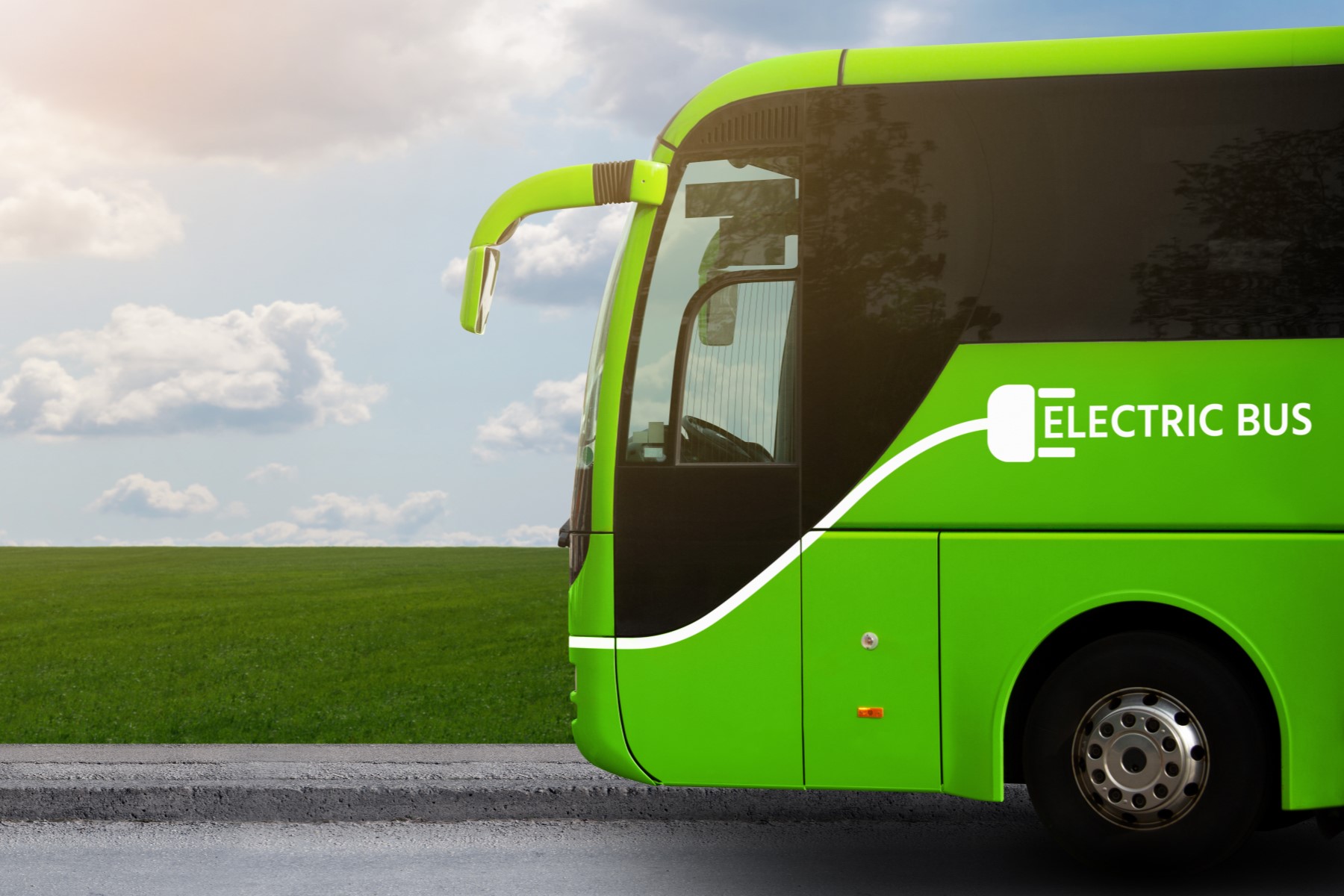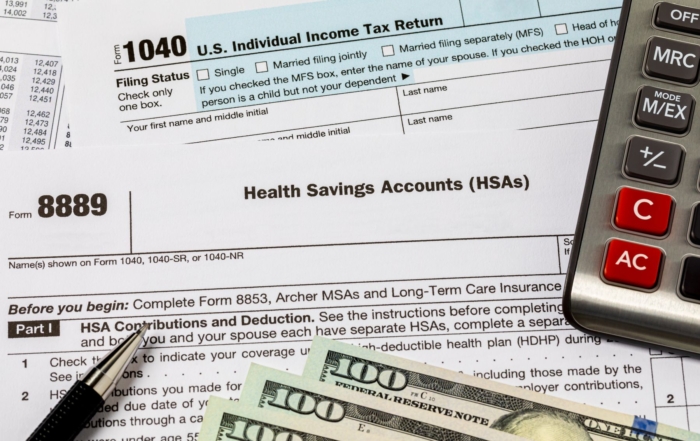With the Inflation Reduction Act’s passage, an unprecedented path unfolds for organizations to embrace clean energy advancements while potentially easing tax implications. This landmark legislation earmarks $369 billion for clean energy initiatives over the next decade, introducing several credits and incentives that could benefit a broad range of businesses.
Critical Incentives Under the IRA: Key incentives of the IRA that could impact our diverse member base include:
- The revitalization and amendment of the alternative fuel vehicle refueling property credit.
- The introduction of a credit transfer mechanism.
- The establishment of a credit for qualified commercial clean vehicles.
Alternative Fuel Refueling Property Incentive: This credit supports investments in alternative fuel refueling infrastructure, including electric vehicle (EV) charging stations. Initially expired at the end of 2021, the IRA has not only reinstated but also enhanced this credit for infrastructure installed between January 1, 2023, and December 31, 2032. The credit now varies between a base rate of 6% and a maximum of 30%, contingent on meeting certain labor standards, with a cap at $100,000 per installation.
Labor Standards for Maximum Credit: To attain the maximum credit rate, projects must adhere to prevailing wage and apprenticeship guidelines starting January 29, 2023. These requirements ensure fair labor practices and foster skilled labor training within the project scope.
Vehicle Credit Transferability: A notable IRA provision allows the transfer of clean vehicle credits to eligible entities, operational for vehicles placed in service post-December 31, 2023. This includes up to $7,500 for new EV purchases and $4,000 for used, with stipulations ensuring transparent transactions between buyers and dealers, facilitating an equitable process for credit transfer.
Qualified Commercial Clean Vehicles: Vehicles utilized for business, purchased after December 31, 2022, are eligible for credits up to $40,000, depending on the vehicle’s weight and power source. This incentive does not necessitate the vehicle to comply with specific mineral or assembly prerequisites, broadening the eligibility spectrum.
Implications for Leased Vehicles: The nature of a vehicle lease—whether it’s considered a true lease or a sale for tax purposes—can determine credit eligibility. It’s crucial to scrutinize lease agreements to understand who (lessor or lessee) is entitled to claim the credit, influenced by the agreement’s terms and the vehicle’s intended use.
How NARFA Can Assist: NARFA is poised to support its members in navigating these new provisions. Whether it’s understanding the intricacies of labor requirements for infrastructure credits, managing credit transfers effectively, or ensuring compliance for leased vehicles, our network of experts is here to guide you through the complexities of the Inflation Reduction Act. Let’s leverage these opportunities together, enhancing our commitment to clean energy and maximizing potential tax benefits.
For further assistance and to explore how these provisions can specifically benefit your organization, connect with NARFA’s dedicated team today. Together, we can pave the way for a more sustainable and financially sound future for our industries.
Recent Posts
Poison Ivy, Oak & Sumac Safety Guide for Landscaping, Construction, and Outdoor Workers
Why Construction and Outdoor Workers Need to Know About Poison Plants The CDC reports that 80-90% of adults develop rashes from poison ivy exposure, and [...]
Multi-State Business Operations: Insurance and Compliance Strategies for Growing New Hampshire Auto Companies
Picture a successful New Hampshire automotive dealership that starts with a single location in Manchester. Over time, they expand their service territory, hire employees who [...]
Revolutionary HSA Changes in the 2025 Budget Bill: Your Complete Guide to Expanded Benefits
Introduction: A Game-Changer for Healthcare Financial Planning The 2025 federal budget reconciliation bill, recently passed by the House, introduces the most significant expansions to Health [...]




